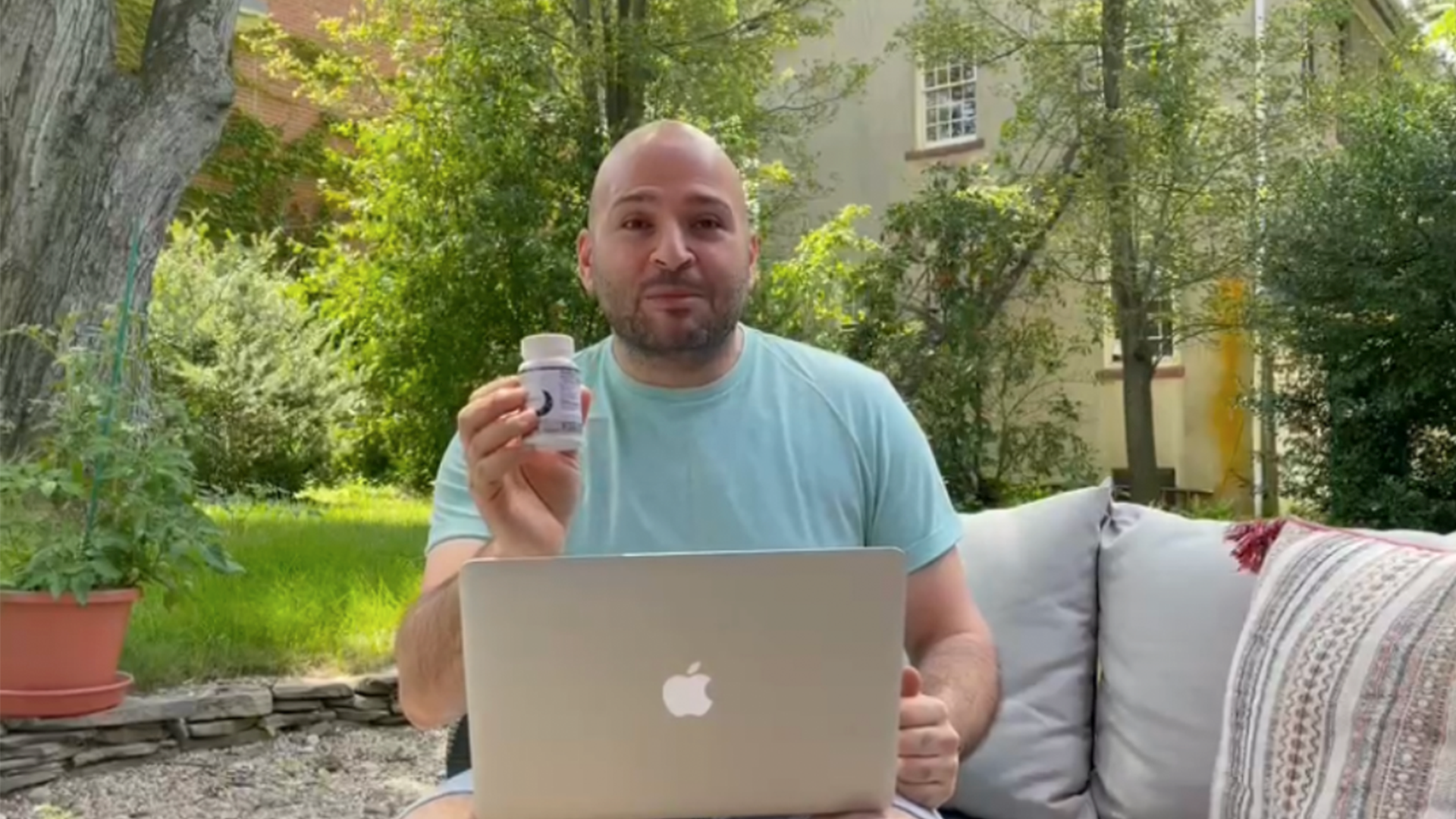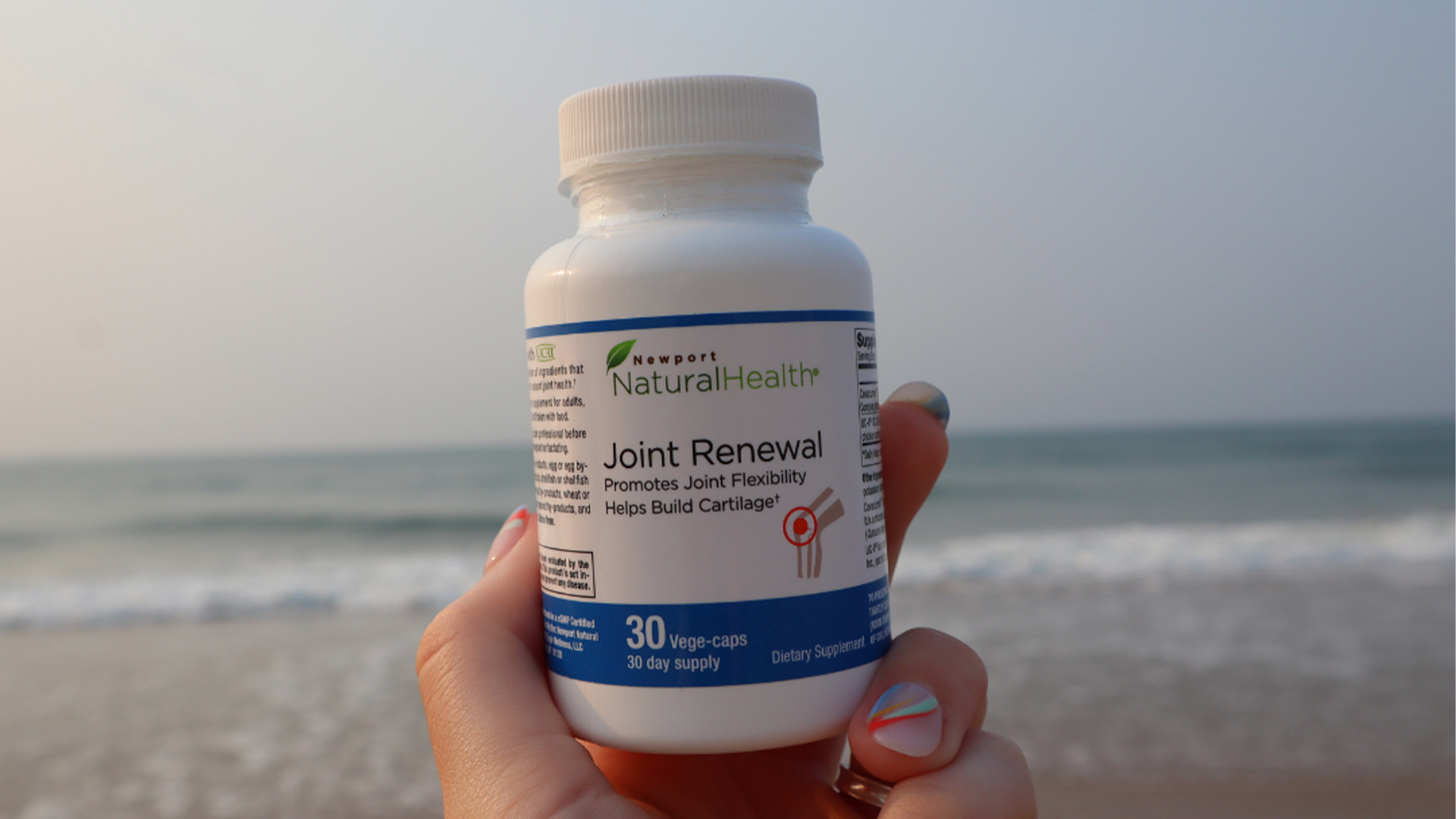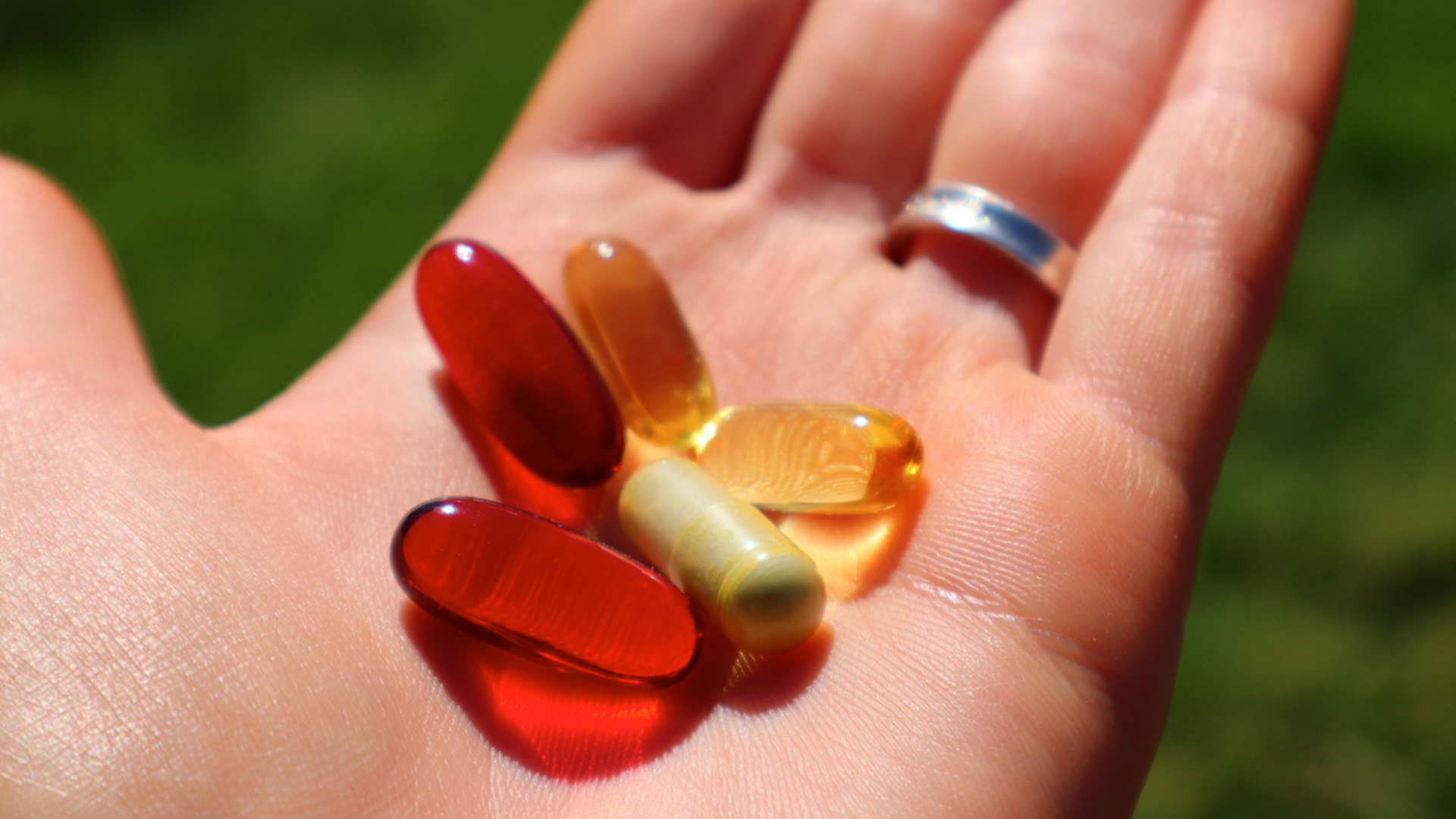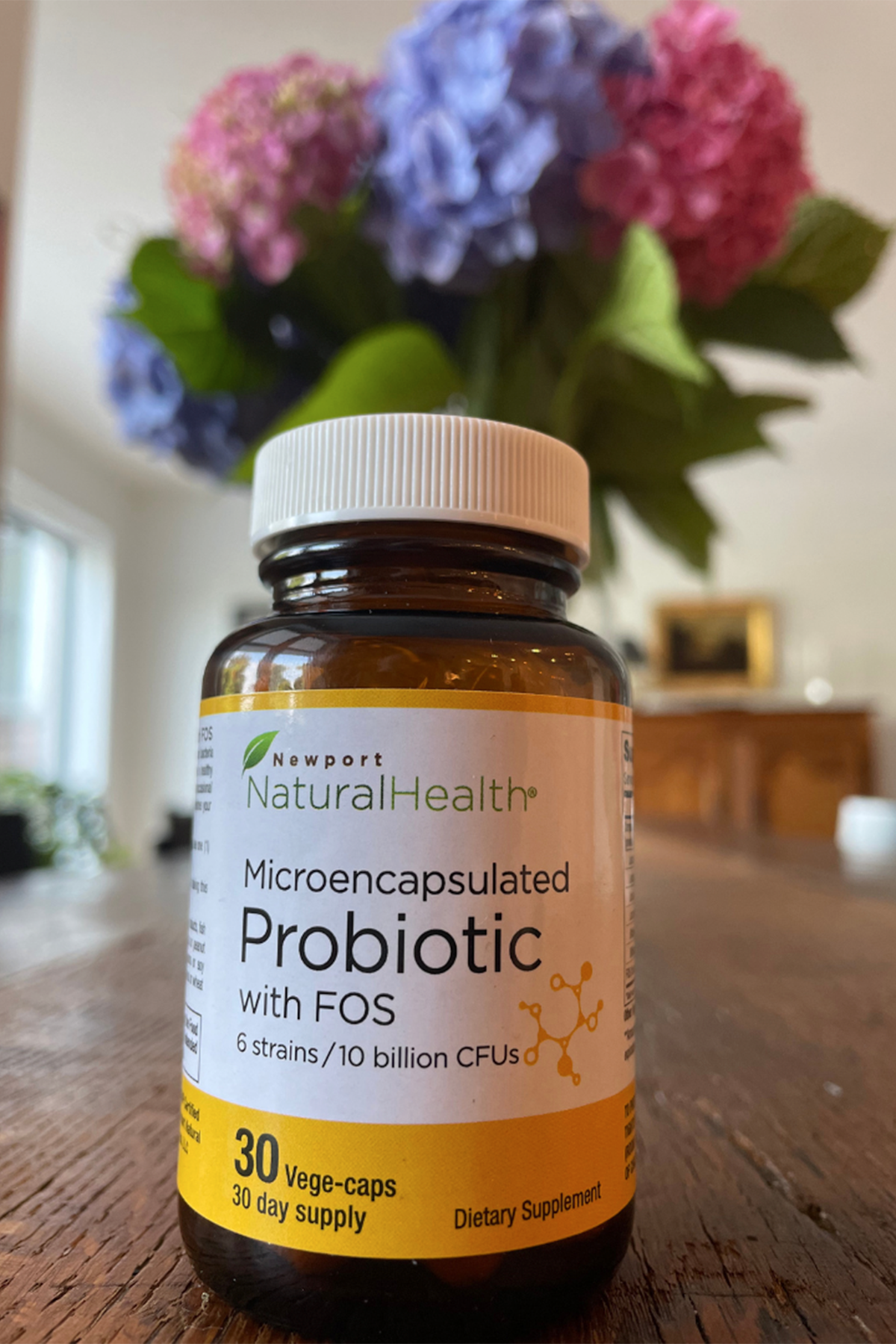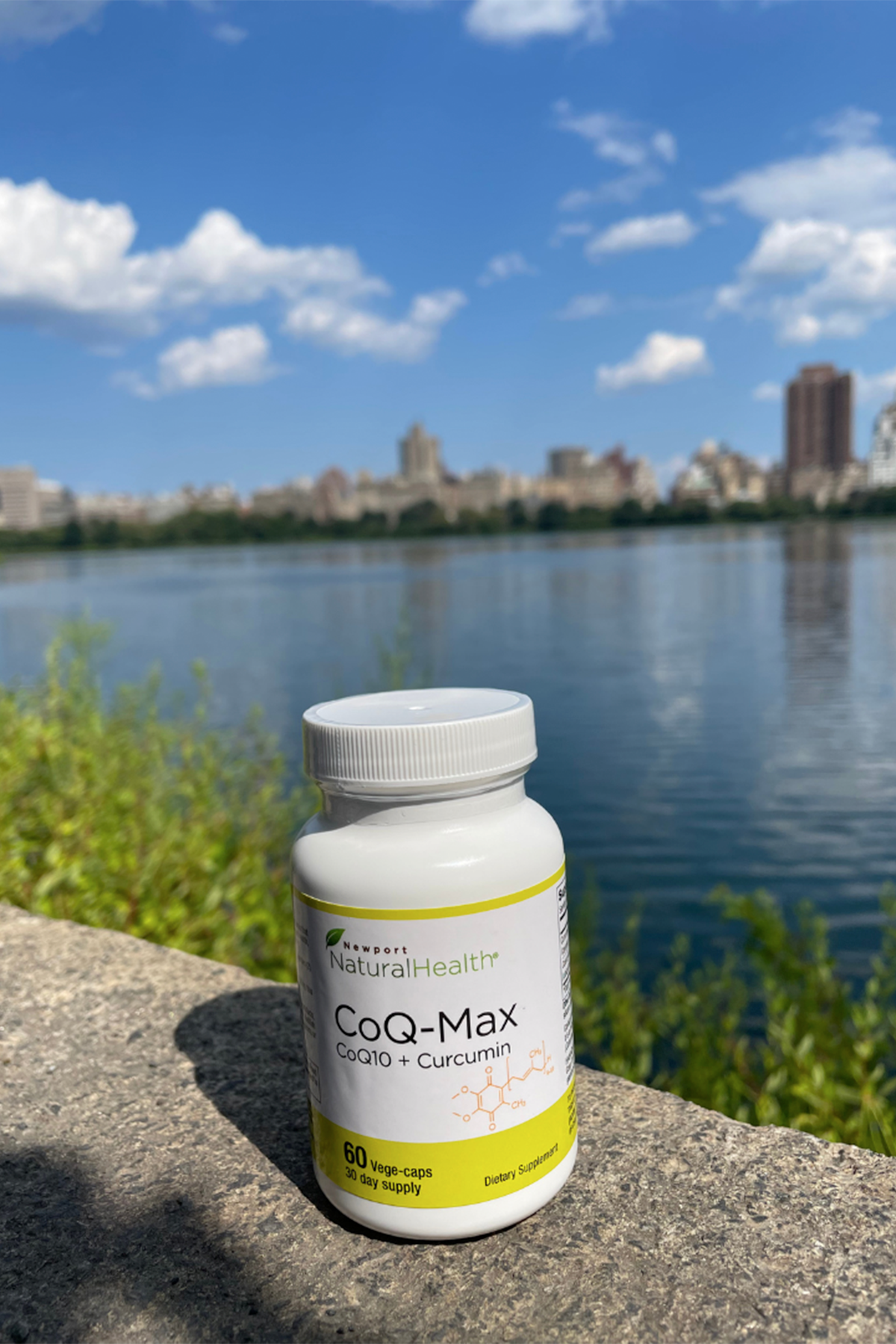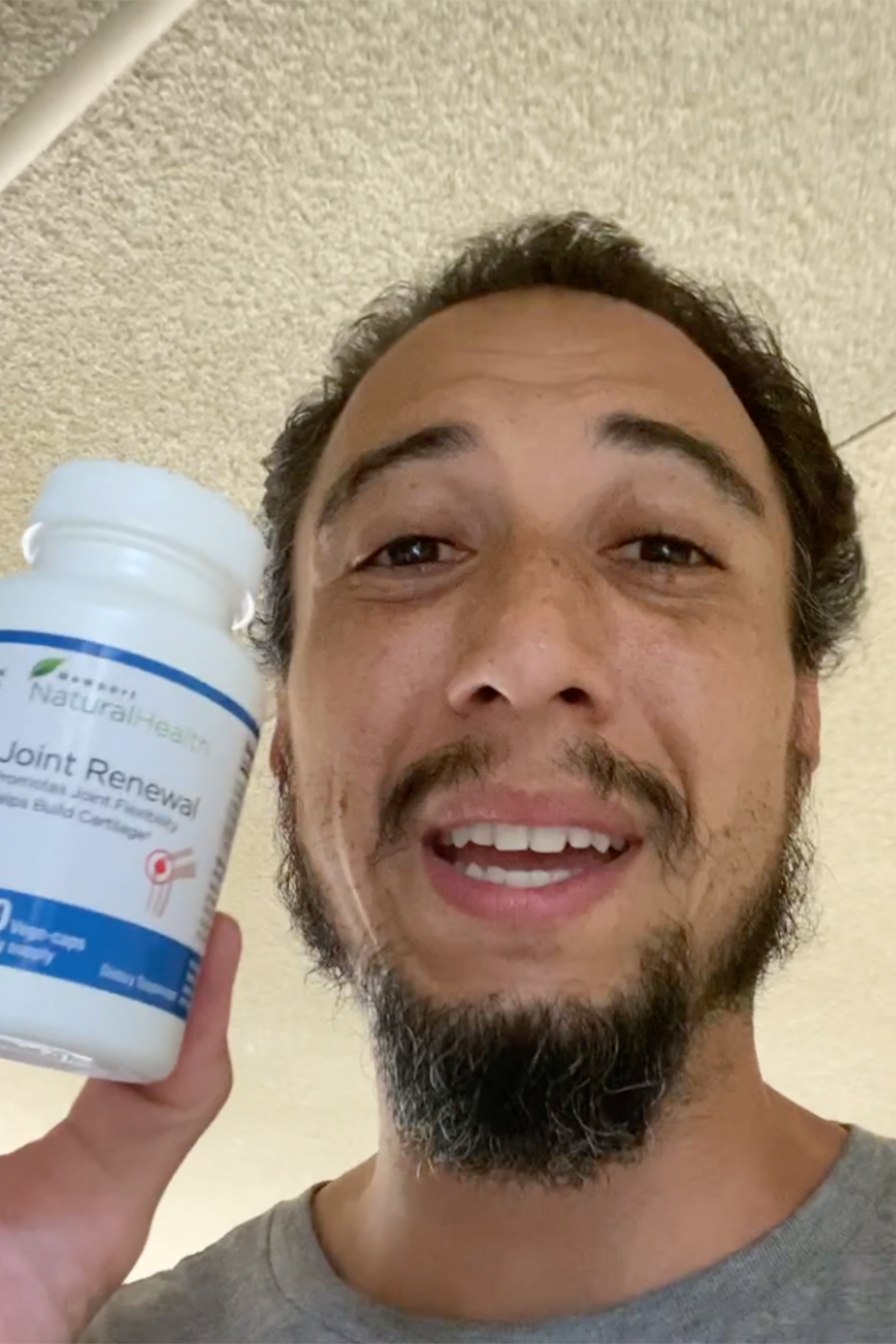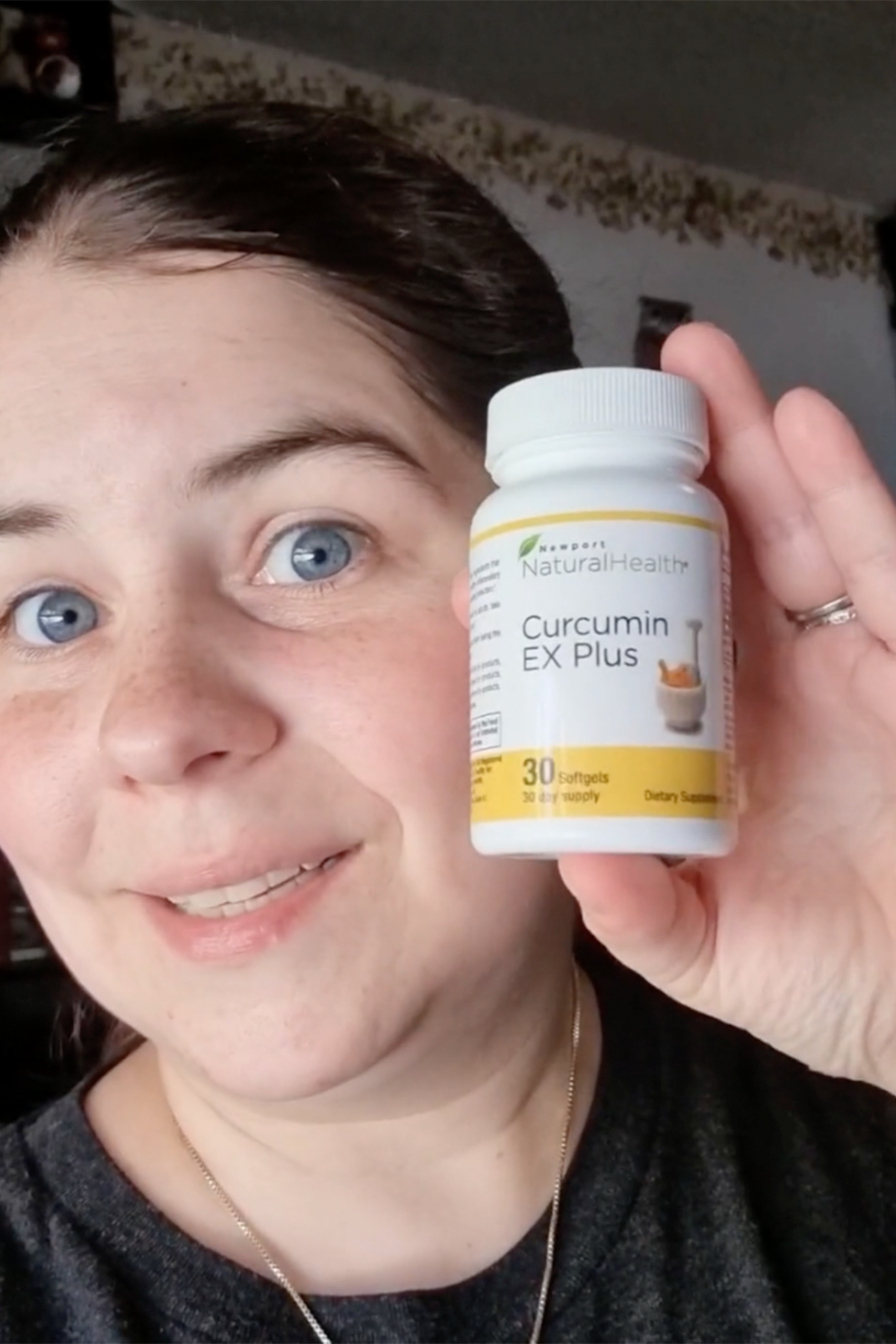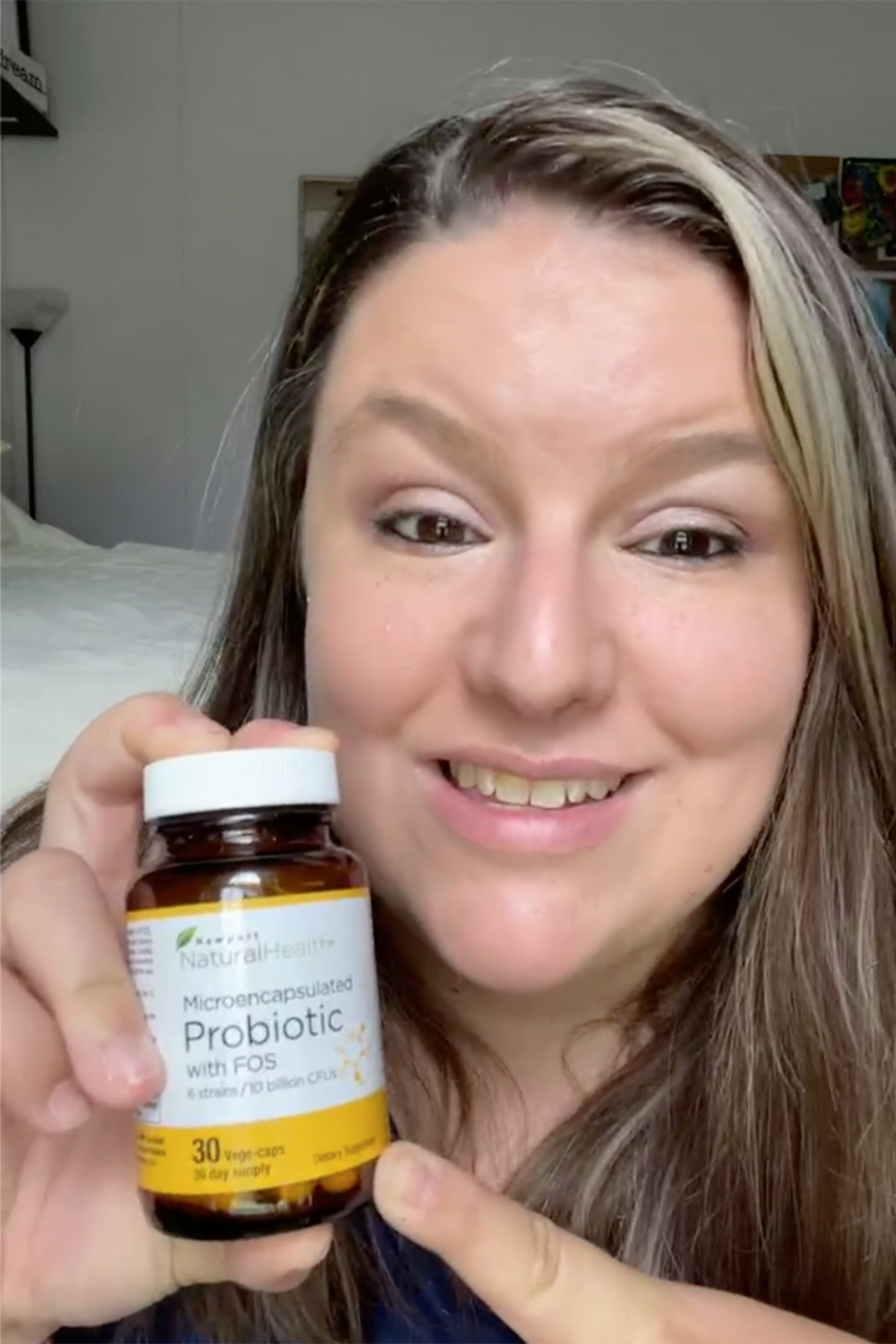Considering the headlines, the health advice, the supplements and medications all designed to help lower blood pressure, you’d think low blood pressure is a sign of good health.
But low blood pressure can also be a bad thing.
For most people, low BP is nothing to worry about. But, for some people, chronically lower than normal BP can signal health problems. We want to show you how to identify the symptoms of dangerously low BP, and how you can safely elevate it to healthy levels… without a prescription.
Symptoms of Low Blood Pressure
Doctors are constantly checking blood pressure. Every doctor visit—whether you’re sick or having a general checkup—usually begins with a blood pressure check. Even dentists check your blood pressure!
This constant checking of your blood pressure is a good thing. The number of people with heart disease or diabetes is only getting larger each year, and tracking a person’s blood pressure is a good way to get a pulse on a person’s overall health.
The ideal blood pressure is 120/80. Anything within 10 points, above or below either measurement, is considered within the normal range. Therefore, 130/90 or higher is considered borderline high BP (hypertension) and 110/70 or lower is borderline low BP (hypotension).
Most doctors don’t immediately view it as a bad thing when a patient has low BP. But chronic low BP can be considered dangerous if it’s causing these noticeable signs and symptoms:
- Dizziness or lightheadedness
- Nausea
- Fainting (syncope)
- Dehydration and unusual thirst
- Lack of concentration
- Blurred vision
- Cold, clammy, pale skin
- Rapid, shallow breathing
- Fatigue
- Depression
If you have a history of low BP and you experience any of the above regularly, talk to you doctor immediately. These symptoms can be indicative of larger health problems.
Causes of Low Blood Pressure
So what causes low blood pressure? According to the American Heart Association (AHA), there are host of underlying causes but these three are the most frequent:
-
Prescription medications: Several drugs can lower your BP, most commonly drugs that treat hypertension, diuretics, beta blockers, drugs that combat Parkinson’s disease, drugs that treat erectile dysfunction, and tricyclic antidepressants.
The AHA also warns that some over-the-counter drugs can lower BP when taken in combination with hypertension medications. Always read labels and consult your doctor if you have questions.
-
Existing heart problems: Some heart conditions can lead to low BP, such as low heart rate, heart attacks, heart failure, or problems with heart valves. As a result of any of those, your heart may not be strong enough to pump blood efficiently through your entire body.
-
Endocrine system problems: If your adrenal glands are releasing too many or too little of the body’s many hormones, the whole body is affected.
Underactive thyroid, parathyroid disease, low blood sugar, and adrenal insufficiency (known as Addison’s disease) can contribute to chronic low BP. Doctors often fail to rule out possible adrenal gland problems. Be sure to discuss this as a possible cause.
Other possible causes of low blood pressure include allergic reactions, severe infection, and deficiencies in vitamin B-12 and folic acid.
That's why you should take those seemingly unrelated symptoms of low BP very seriously. The health problems at the root of it are far bigger than your blood pressure itself.
How to Naturally Elevate Your Blood Pressure
Before we get into any tips about elevating your BP, understand that your goal is NOT to have high BP. Think of your goal to raise your BP like balancing a scale – you don’t want either side to be flat on the ground or high in the air.
If you’re holding out hope that we would recommend that you go on a pizza-and-cheeseburger diet to raise your BP, think again! We do have some suggestions that are easy and safe.
3 Natural Blood Pressure Elevators
1) Sea Salt Water
Perhaps the simplest way to increase BP is to mix and drink sea salt water. All you have to do is put a half teaspoon of sea salt into 8 ounces of water, stir, and drink.
Drink no more than one glass a day. For added flavor, we suggest that you also add some lemon juice.
2) Licorice Root
Licorice root has been used as a sweetener and as a natural medicine for thousands of years. In fact, stores of licorice roots were found in King Tut’s tomb when it was unearthed.
While licorice has been long used to relieve indigestion and acid reflux, it also can safely increase BP. The root’s power comes in many forms – extracts, tinctures, chewable tablets, topical creams, capsules, wafers, tea, and powder (no processed, sugary licorice candy!).
Whichever you choose, follow dosage recommendations on the product’s label. If you feel like it’s not doing the trick, talk with your doctor first before increasing dosage.
3) Aussie Trace Minerals
Personally, one of my favorite natural sources of energy can also help raise BP: Ocean-sourced Aussie Trace Minerals. It’s a fancy name for what it really is—concentrated minerals (sodium, magnesium, & calcium among dozens more) derived from evaporating pools of ocean water.
Several drops of it in your water can give you a boost of energy that lasts for hours. For your low BP, the naturally occurring salt in ocean water can help slowly elevate BP. Look for it at your local health store or online.
With all of these, keep a regular watch on how much they increase your BP and don’t overdo them for that very reason.
3 Activities for Natural BP Control
Finally, we have a few suggestions for activities or behaviors that can help regulate your sodium levels, which can, in turn, help regulate your blood pressure:
1) Avoid or limit alcohol
Consuming alcohol dehydrates your body. Instead, drink plenty of fluids, especially if you fall victim to a seasonal cold or flu.
2) Exercise Regularly
Regular exercise improves blood flow. Remember to re-hydrate your body with electrolytes during and after exercising.
3) Avoid prolonged exposure to hot water
As much as you probably love a long, hot shower or bath, it also dehydrates your body. That’s why your fingers and toes look like raisins if you’re in the shower or bathtub too long. Follow up your showers and baths with a moisturizing cream to replenish moisture lost while bathing.
Don't Let Low Blood Pressure Fool You
The plagues of heart disease and diabetes have conditioned us to think that high blood pressure is the only bad blood pressure—after all, it is much more widespread and more life-threatening than low BP.
But, it's important that you not be lulled into a false sense of security chronic low blood pressure may provide.
The good news is that it’s safe and easy to elevate BP to normal levels without a prescription.
And, since you can be guaranteed that every time you see a doctor, your blood pressure will get checked, you’ll always know exactly where your BP stands.
Take good care.
References
- American Heart Association. “Low Blood Pressure - When Blood Pressure Is Too Low” Last Review October 2016.
- WebMD. “Understanding Low Blood Pressure Treatment.” Last reviewed February 20, 2017.
Disclaimer: Please note the date of last review or update on all articles. No content on this site, regardless of date, should ever be used as a substitute for direct medical advice from your doctor or other qualified clinician.
Last Updated: August 29, 2020
Originally Published: February 1, 2018



